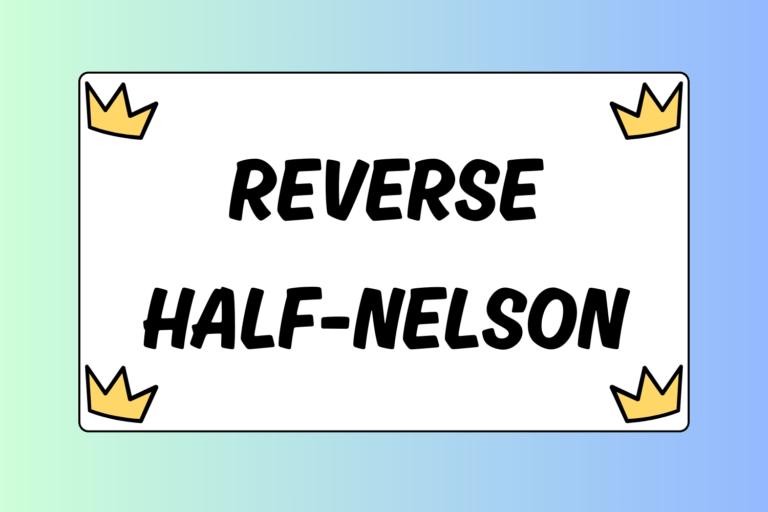Cradles are the most common type of pinning combinations used in folkstyle wrestling. Because cradling techniques are so frequently used, beginning wrestlers must learn the fundamentals of defending against them early on in their careers. If you haven’t learned the cradle yet, or need to refresh your memory, check out our guides How to Do a Near Side Cradle and How to Do a Far Side Cradle in the Related Guides section to the right. Understanding how to perform cradles correctly will help you immensely when defending against them. If you’re ready, read on and learn all of the basics about defending against near and far side cradles.
Turn Away
The most basic, yet most important, factor in successfully defending against a cradle is how you have your body positioned. During a cradle, your opponent wants to lock his hands around your head and one of your legs. By turning away from whichever side of your body he is attempting to cradle, you will neutralize the technique. Below are a few of the basics you need to know when turning away from each type of cradle.
Defending a Near Side Cradle
- Touch the hip that you have positioned nearest to your opponent to the mat. Then, lift your opposite hip slightly off the mat. Essentially, this is turning away from your opponent.
- Kick your far leg out like a kickstand. In other words, place your far leg on the mat next to your body, with your toe pointing away from you. This will make it difficult for him to gather your near leg towards him.
Defending a Far Side Cradle
- Touch the hip that you have positioned furthest from your opponent to the mat. Then, lift your near hip slightly off the mat. This is turning in towards your opponent.
- Similar to defending against the near side cradle, kick your near leg out like a kickstand. This will put all of your weight on your far hip, making it difficult for your opponent to bend your body for the cradle.
Hot Tip: It’s One or the Other
Keep in mind that by defending against one type of cradle, you are leaving yourself open to the other type. So, be ready to react to your opponent quickly and defend against any type of cradle he attempts.
Head & Chest Up!
Keeping your head and chest up when you are in the bottom position is also important when defending against cradles. If you’re broken down flat underneath your opponent, lowering your head makes it easier for your opponent to force your head to your knee. The general rule, then, is to keep your hips down and your head and chest up to prevent your opponent from bringing your head to your knee.
Also, many beginning wrestlers make the mistake of keeping their head down when performing a standup to escape their opponent’s control. If you perform a standup with your head down — or if you’re hunched over with your chest down — it is very easy for your opponent to lock a cradle on you because your head and knee are already close together. Make sure to keep your head and chest up when attempting a standup.
Control the Hands
In order to successfully turn you to your back, your opponent must first get his hands locked. To prevent this, fight to control his hands when in the bottom position. Controlling one of his hands with both of your hands will prevent him from getting the lock.
However, if your opponent does get his hands locked before you can take control of them, break the lock by peeling one of his thumbs away. This will cause his grip to loosen and allow you to break his hands apart and take control of at least one of his hands.
Simple Defense
Defending against cradles is actually quite simple once you get the hang of the basics. Use the tips in this guide when drilling in practice and in time, you will be able to neutralize the cradles of even the toughest wrestlers. Now, get on the mat and try it out!





